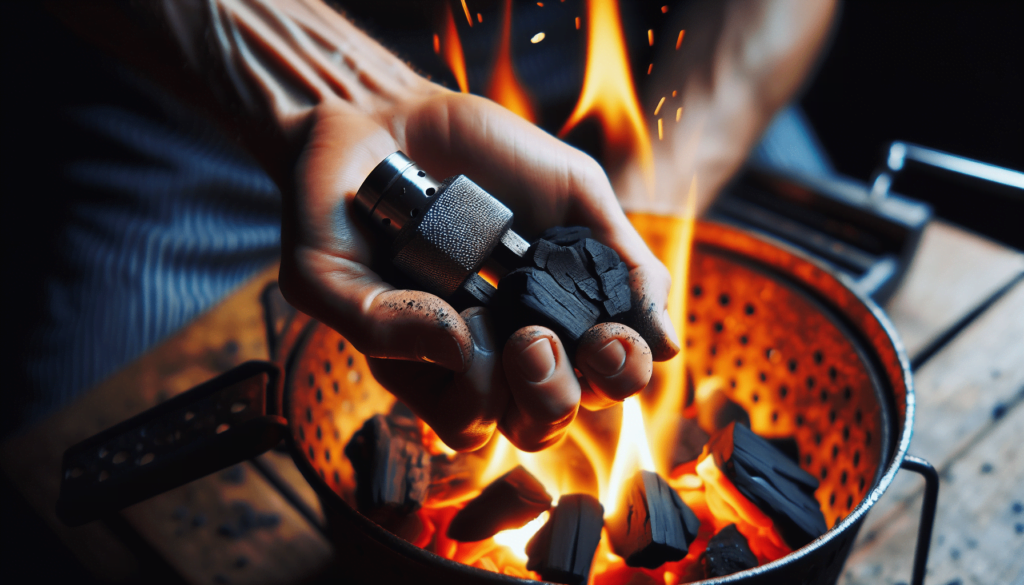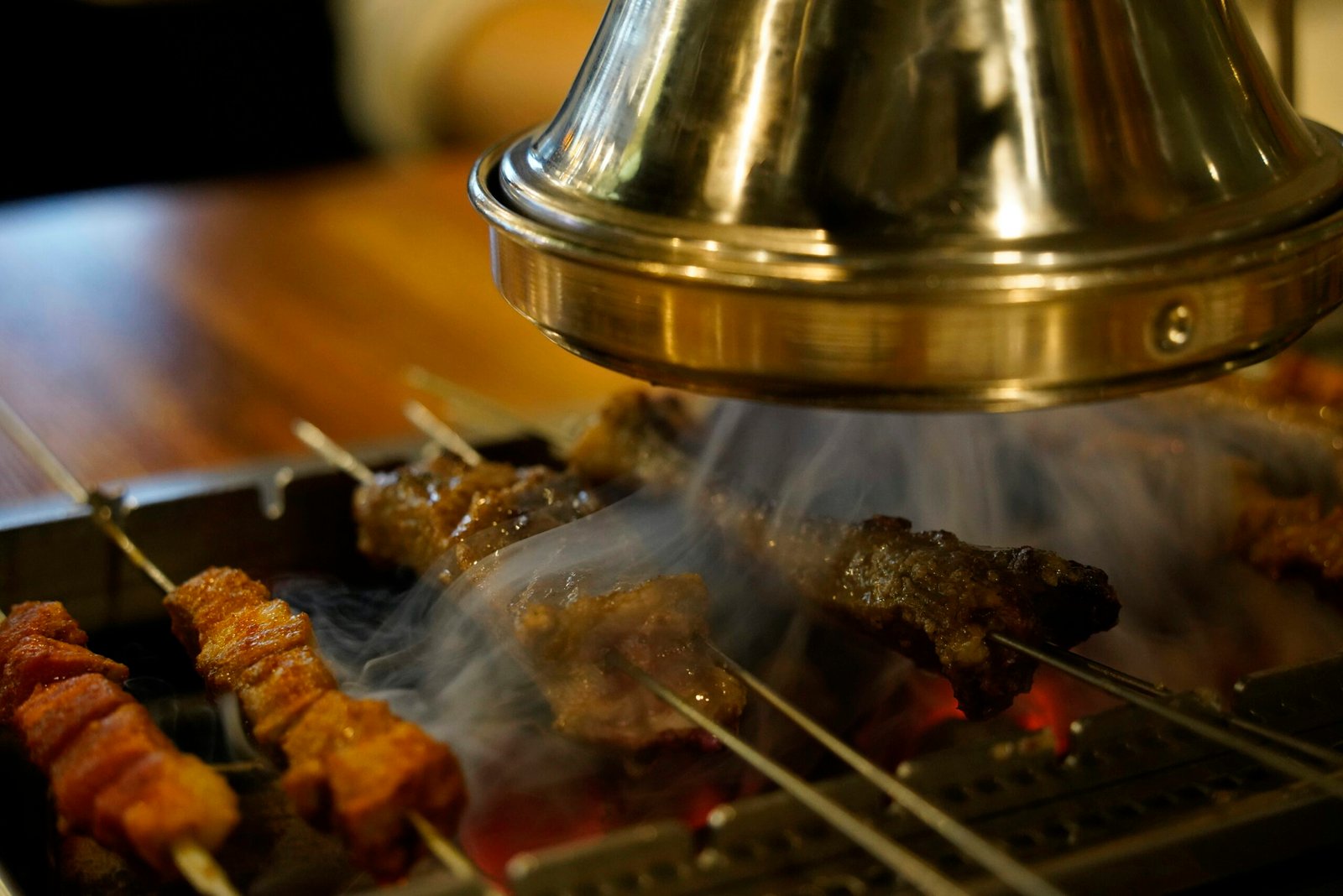Welcome to the fascinating world of charcoal starters! In “How Do Charcoal Starters Work?”, you’ll discover the ingenuity behind these essential barbecue tools. Charcoal starters are designed to make lighting coals faster and easier without the need for lighter fluid. You’ll learn about the different types of starters, such as chimney starters and electric starters, and how each one harnesses heat and airflow to ignite your coals uniformly. By the end of the article, you’ll be well-equipped with the knowledge to choose the best method for your grilling needs, ensuring that your barbecue sessions are both efficient and enjoyable. Have you ever wondered how charcoal starters work? Whether you’re a seasoned grill master or a backyard barbecue novice, understanding the mechanics behind charcoal starters can enhance your grilling experience. Knowing how to effectively light your charcoal can make the difference between a perfect sear and a smoky disaster.
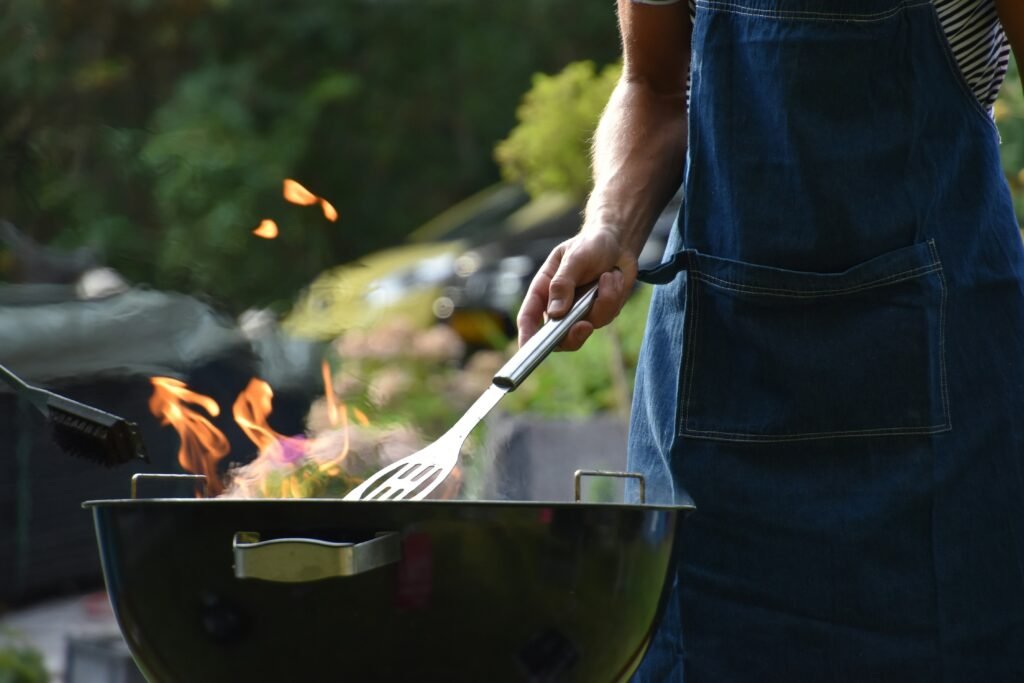
What Is a Charcoal Starter?
A charcoal starter is a tool designed to ignite charcoal quickly and efficiently. Rather than relying on lighter fluid, which can impart unwanted chemical flavors to your food, charcoal starters use a more straightforward, often safer method to get your coals burning.
Types of Charcoal Starters
There are several types of charcoal starters available, each with its own set of advantages and disadvantages. Here are the most common types:
| Type | Description | Pros | Cons |
|---|---|---|---|
| Chimney Starter | A cylindrical metal device that uses newspaper to ignite coals | No chemicals, quick ignition | Bulky, requires storage space |
| Electric Starter | An electric element that heats up to ignite coals | No chemicals, reusable | Requires an electrical outlet |
| Fire Starters | Small, combustible blocks placed amongst the coals | Easy to use, portable | Can leave residue, might need multiple |
| Looftlighter | A heat-producing gun that ignites coals using superheated air | Fast, no chemicals, stylish | Expensive, requires electrical outlet |
| Liquid Fire Starters | Alcohol-based liquids used to douse and ignite coals | Easy application, portable | Flammable liquids, chemical flavors |
The Science Behind Charcoal Ignition
Understanding how charcoal starters work requires a bit of knowledge about the science of combustion. Charcoal needs three fundamental elements to ignite: heat, oxygen, and fuel (the charcoal itself).
Heat
Heat is the initial catalyst that starts the combustion process. Charcoal starters provide an efficient way to generate the initial heat required for ignition. Different starters produce heat in various ways:
- Chimney Starters use crumpled newspaper at the base, which burns and heats the charcoal above.
- Electric Starters use an electric element to produce heat.
- Looftlighters use superheated air to ignite the edges of the charcoal quickly.
- Fire Starters are pre-soaked with a combustible substance designed to burn slowly and generate enough heat to ignite the surrounding charcoal.
Oxygen
Oxygen is necessary for combustion. Charcoal starters are designed to maximize airflow, ensuring that the burning fuel remains hot enough to ignite the surrounding charcoal:
- Chimney Starters have a grate and numerous ventilation holes to allow ample airflow.
- Electric Starters rely on the openings around the charcoal pile to allow oxygen in.
- Looftlighters blow air onto the coals, supplying a steady stream of oxygen to encourage burning.
Fuel
The charcoal itself serves as the fuel. Once a few pieces ignite, they will emit enough heat to ignite the surrounding coals, resulting in a fully engulfed pile of hot, glowing charcoal.
Step-by-Step Guide to Using Different Charcoal Starters
To make sure you’re using your charcoal starter correctly, let’s break down the process for each type.
Chimney Starter
- Preparation: Fill the top of the chimney with the desired amount of charcoal.
- Ignition: Place crumpled newspaper or a fire starter cube at the base of the chimney.
- Lighting: Light the newspaper through the holes in the bottom of the chimney.
- Waiting: Allow the charcoal to heat for about 10-15 minutes, or until the top coals are covered in gray ash.
- Pouring: Carefully pour the hot coals into your grill.
Electric Starter
- Assembly: Place the electric starter element among the charcoal briquettes.
- Plug-In: Plug the electric starter into an electrical outlet.
- Heating: Allow the element to heat the charcoal for about 8-12 minutes.
- Removing: Unplug the starter and remove it (using heat-resistant gloves) once the coals are ignited.
- Spreading: Spread the coals out evenly in your grill.
Fire Starters
- Placement: Place a fire starter among the charcoal.
- Lighting: Light the fire starter with a match or lighter.
- Waiting: Wait for the fire starter to ignite the surrounding charcoal.
- Spreading: Once the coals are hot and covered in ash, spread them out in your grill.
Looftlighter
- Power-Up: Plug in the Looftlighter.
- Ignition: Hold the Looftlighter close to the edge of the charcoal.
- Heating: Turn on the Looftlighter and keep it directed at the same spot until the coals begin to ignite.
- Completion: Once the coals are lit, you can turn off the Looftlighter and spread the ignited coals.
Liquid Fire Starters
- Application: Apply a generous amount of liquid fire starter to the charcoal.
- Soaking: Allow the charcoal to soak for a moment.
- Lighting: Light the charcoal with a match or lighter.
- Waiting: Wait for the flames to die down and the coals to be covered in ash before cooking.
Benefits of Using a Charcoal Starter
Using a charcoal starter rather than lighter fluid or other methods offers numerous benefits. Here’s why you might want to use one:
Health and Safety
Many individuals are concerned about the health risks associated with inhaling chemicals from lighter fluids. Charcoal starters eliminate this risk by providing a cleaner ignition method.
Efficiency
Charcoal starters are designed to ignite coals quickly and evenly. This means less waiting time and a more consistent grilling surface.
Flavor
Using chemical-free methods ensures that your food maintains its natural flavors. No more chemical aftertastes to spoil your culinary creations.
Environment
Reducing the use of chemical fire starters is also better for the environment. This small change can help decrease the release of volatile organic compounds (VOCs) into the atmosphere.
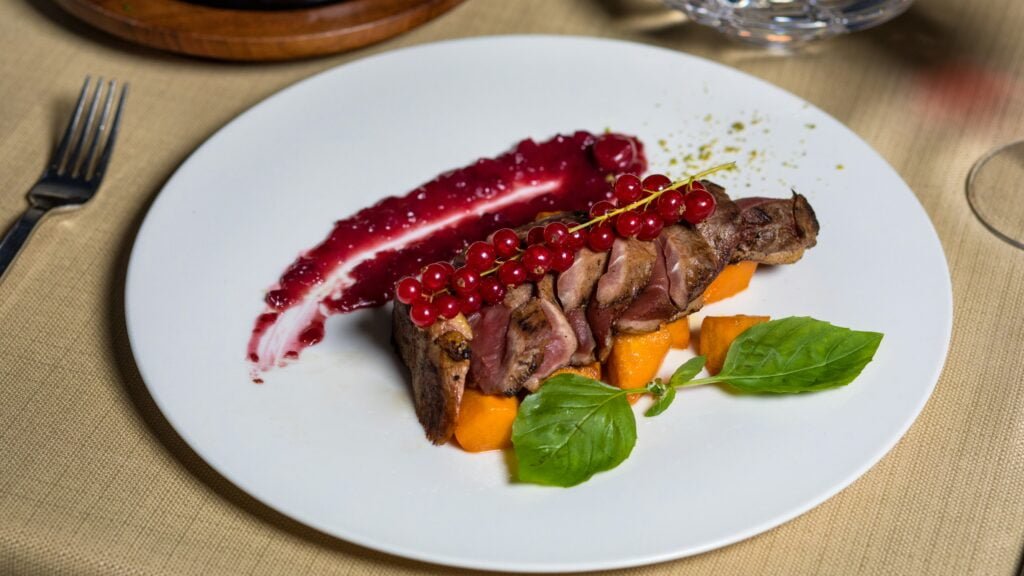
Troubleshooting Common Issues
Even though charcoal starters are straightforward to use, you might still encounter some problems. Here are some common issues and their solutions:
Uneven Heating
Problem: The coals are not heating evenly. Solution: Ensure that the charcoal is distributed evenly in the chimney or grill. Avoid overloading the chimney to allow proper airflow.
Slow Ignition
Problem: The charcoal is taking longer than expected to ignite. Solution: Make sure you’re using enough newspaper or fire starter material. Check that there is enough airflow reaching the coals.
Damp Charcoal
Problem: The charcoal is wet or damp. Solution: Wet charcoal will take longer to ignite and may not burn properly. Keep your charcoal stored in a dry place, and if it gets damp, try to dry it out before using.
Equipment Malfunction
Problem: Your electric or Looftlighter starter isn’t working. Solution: Check the power source and connections. If the device remains problematic, consult the user manual or contact customer support for troubleshooting tips.
Safety Tips
While charcoal starters are generally safer than lighter fluid, it’s still important to follow some basic safety guidelines:
Handling Hot Coals
- Gloves: Always use heat-resistant gloves when handling or moving hot coals.
- Tools: Use long-handled tongs or tools to manipulate charcoal.
Placement and Supervision
- Stable Surface: Set your chimney starter or electric starter on a stable, non-flammable surface.
- Supervision: Never leave an igniting charcoal starter unattended. Stay nearby to monitor the process.
Avoiding Burns
- Distance: Keep a safe distance when lighting the coals.
- Cooling: Let the equipment cool down after use before moving or storing it.
Proper Disposal
- Ashes: Dispose of used charcoal ashes in a metal container. Make sure the ashes are fully cooled before disposal.
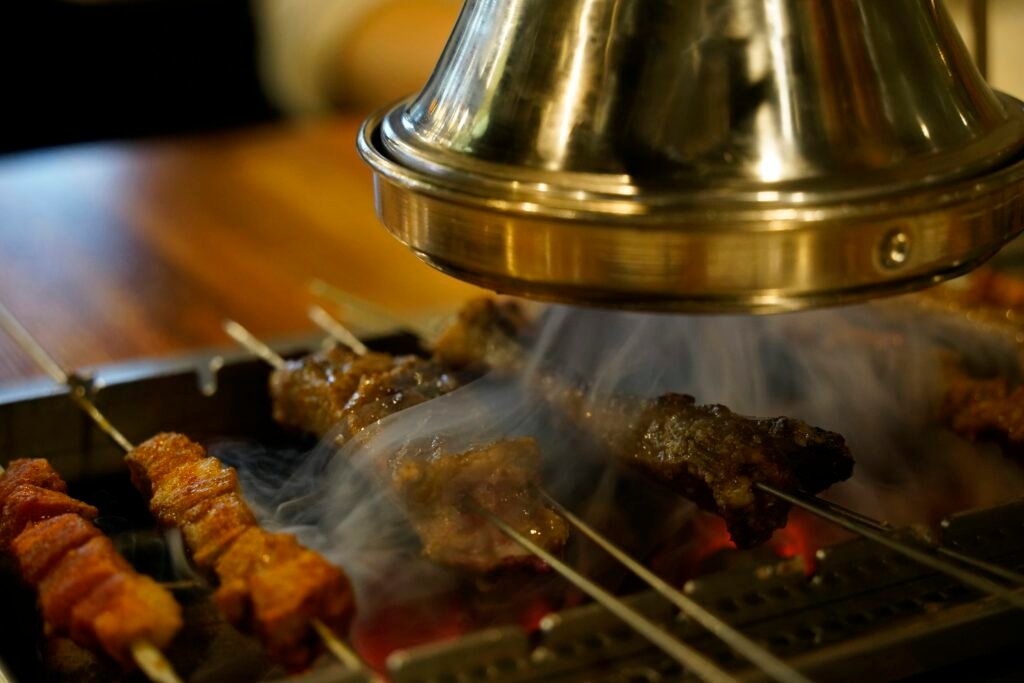
Advanced Techniques
If you want to take your charcoal grilling to the next level, consider exploring some advanced techniques.
Two-Zone Grilling
Creating a two-zone fire involves piling hot coals on one side of the grill to create a direct heat zone and leaving the other side empty for indirect cooking. This method allows you to sear meat quickly over direct heat and then move it to the cooler side to finish cooking slowly.
Smoking
If you’re interested in smoking meats, you’ll need to use wood chips or chunks in addition to charcoal. Soak the wood in water for 30 minutes before adding it to the hot charcoal to produce a steady stream of smoke. This technique infuses your food with rich, smoky flavors.
Low and Slow Cooking
For recipes that require long cooking times, such as ribs or brisket, use a smaller amount of charcoal and let it burn slowly. Maintain a low temperature by adjusting the grill’s vents and adding more charcoal as needed.
Maintenance Tips
Cleaning
Keeping your charcoal starter in good condition improves longevity and performance.
- Chimney Starters: Tap out any remaining ash after each use and check for rust or buildup.
- Electric Starters: Wipe down the heating element after it has cooled. Avoid submerging in water.
- Looftlighters: Wipe with a clean cloth to remove any residue.
- Fire Starters: Store in a dry place to avoid moisture absorption.
Storage
Store your charcoal starter in a dry, cool place when not in use. This will help prevent rust and other damage.

Frequently Asked Questions
Can I use a charcoal starter with any type of charcoal?
Yes, charcoal starters are compatible with both briquettes and lump charcoal.
Are electric starters safe to use in the rain?
No, electric starters should not be used in wet conditions. Always ensure your equipment is in a dry area to avoid electrical hazards.
How long does it take for charcoal to be ready using a starter?
Typically, it takes about 10-15 minutes for the charcoal to be ready when using a chimney starter. Electric and other starters have similar timelines, but it can vary based on conditions.
Can I use a charcoal starter for a wood-burning grill?
While charcoal starters are designed specifically for charcoal, some electric models may work to ignite wood as well. Check the manufacturer’s guidelines for specific usage instructions.
Conclusion
Charcoal starters are invaluable tools for anyone passionate about grilling. By understanding how each type functions and following proper techniques, you can elevate your grilling game. Whether you opt for the simplicity of a chimney starter or the speed of a Looftlighter, knowing how to effectively ignite your charcoal will make your cooking process smoother, safer, and more enjoyable. So next time you fire up the grill, you’ll be equipped with the knowledge to make every barbecue session a delicious success. Happy grilling!
